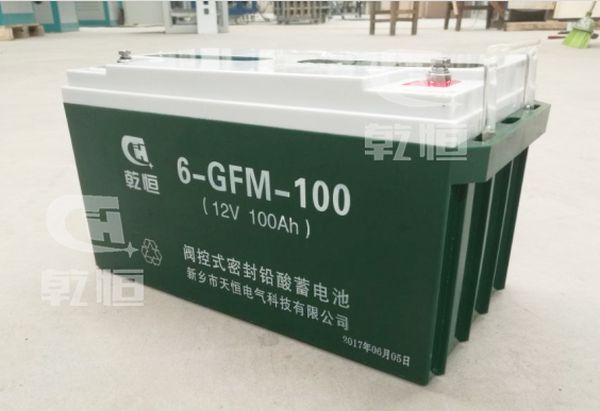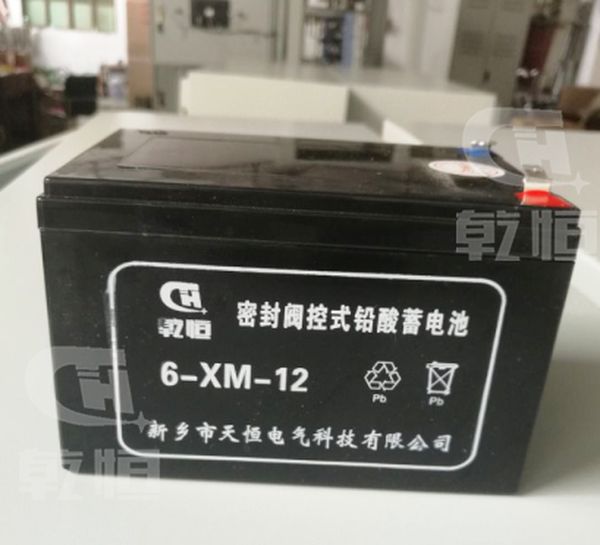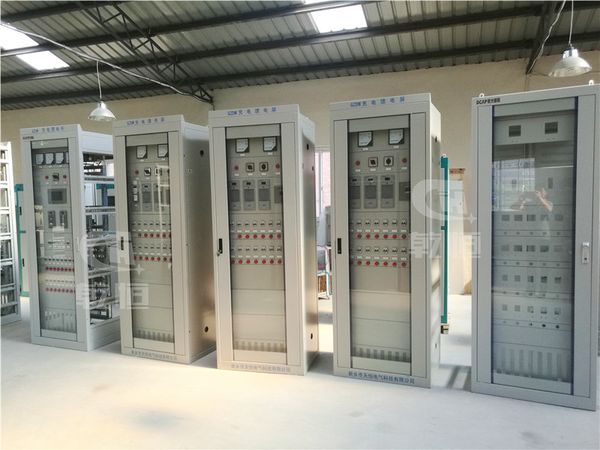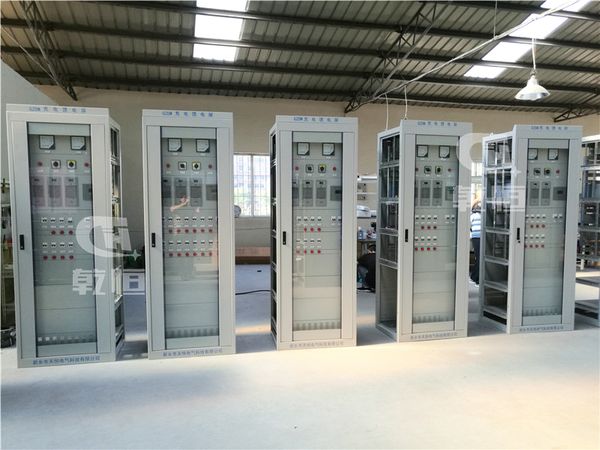The application range of DC distribution panels is very wide. Important places such as power stations, hydropower stations, and substations have made full use of DC distribution panels. Its role is very obvious. It can not only be used as a power source for signals or accidents, but also as a backup power source for many places, bringing many conveniences to people's lives.
In the DC panel of the substation, battery packs, chargers, rectifiers, AC power supplies, DC distribution voltages, etc. constitute the DC panel. Different voltage levels are directly related to the number of batteries. For example: 110V DC voltage needs to be composed of 9 12v batteries; 18 12v batteries are required to form a 220v DC voltage.

According to the regular inspection and management of the AC uninterruptible power supply equipment used in the dispatching automation system, the battery operation time is subject to a discharge test every 6 months within 2 years, and a discharge test every 3 months for more than 2 years, and a deep discharge test is conducted at least once a year (capacity greater than 50%).
Maintenance equipment:
1 dedicated battery discharge instrument, 1 battery pack with a capacity of more than 220V40AH, 1 temporary charger above 20A, 1 single battery activation instrument, and 1 dust blower.
Daily maintenance
1. Keep the battery clean, and apply oxidant to the positive and negative terminals
2. Check the operating status of the battery pack:
(1) Operating temperature rise:
The battery does not heat up during floating charge. If individual batteries are found to be hot, the cause should be checked immediately and handled in time. If the entire battery pack is found to be hot, the operating status of the battery should be checked first (both strong charging and discharging have a certain temperature rise), whether the floating charge current is too large or the battery pack has an external micro short circuit, etc. If problems are found, they should be handled in time. For common battery faults, please refer to the battery section;
(2) Check the connection points of the battery pack to see if the contact is tight and whether there is oxidation, and apply vaseline oil.
Fault handling

Common battery faults can generally be divided into external faults and internal faults. Common external faults include obvious cracks in the battery shell, damaged seals, and corrosion of positive and negative poles. Common internal faults include sulfation of positive and negative plates, shedding of active substances, automatic discharge, and short circuit of plates.
I. Plate sulfation
If the battery is undercharged for a long time or discharged for a long time without charging, a layer of white coarse grains of lead sulfate will be produced on the plate. This phenomenon is called "lead sulfation", or "sulfurization" for short. This coarse and hard lead sulfate grain has poor conductivity and large volume, which will block the pores of active materials, hinder the penetration and diffusion of electrolyte, increase the internal resistance of the battery, and fail to supply sufficient starting current during startup.
Batteries with mild plate sulfation can be charged for a long time with a small current of 2A~3A, that is, overcharge, or the active materials can be reduced by a full discharge and full charge cycle. Batteries with heavy sulfation can be eliminated by desulfurization charging. For severely sulfided batteries, the plates should be replaced or scrapped.
II. Self-discharge
The phenomenon that a fully charged battery consumes its own energy and gradually loses its power when it is not used is called self-discharge. Self-discharge of batteries is inevitable. For fully charged batteries, the general discharge range is within 1% per day and night. If the loss of self-discharge per day and night exceeds 2%, it should be regarded as a self-discharge fault.
In order to reduce the self-discharge of the battery, use sulfuric acid and distilled water that meet the standards to prepare the electrolyte; during use, the battery surface should be kept clean and dry, and the filling hole cover should be covered to prevent impurities from falling into the battery. For batteries with self-discharge failure, the battery can be completely discharged, the electrolyte can be poured out, the plate group can be taken out, the partition can be pulled out, and it can be reassembled after rinsing with distilled water, and new electrolyte can be added.

Three. Plate active material shedding
Active material shedding mainly refers to the shedding of pbO2 on the positive plate, which is one of the reasons for premature damage to the battery. Batteries with minor active material shedding can be cleaned and the electrolyte replaced before continued use. If the shedding is serious, the plates should be replaced or scrapped.
IV. Precautions
1. Strictly abide by the charging specifications of various charging methods.
2. When charging, the wires must be connected reliably. The battery wire should be connected first, and then the power switch of the charger should be turned on. When stopping charging, the power should be cut off first, and then the battery wire should be removed.
3. During the charging process, closely observe the voltage and density changes of each single cell battery to timely judge its charging degree and technical status

Xinxiang Tianheng Electric Technology Co., Ltd. is a company specializing in the research and development and production of high-frequency switching DC power supplies, phase-controlled DC power supplies and other series of products. With many years of design and production experience, it can design and produce according to customer power requirements. The company's products are widely used in power, railways, communications, logistics automation, national defense, petrochemicals, metallurgy, coal mining and other fields.



